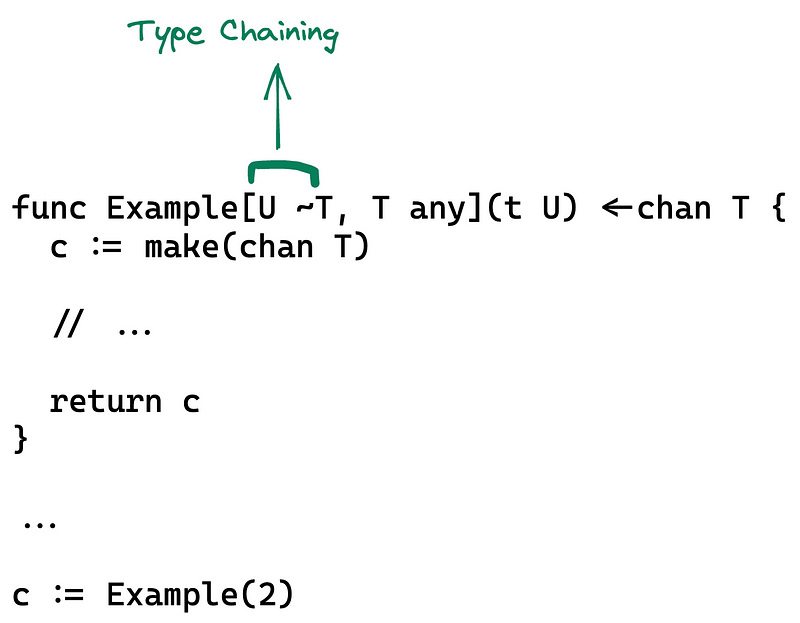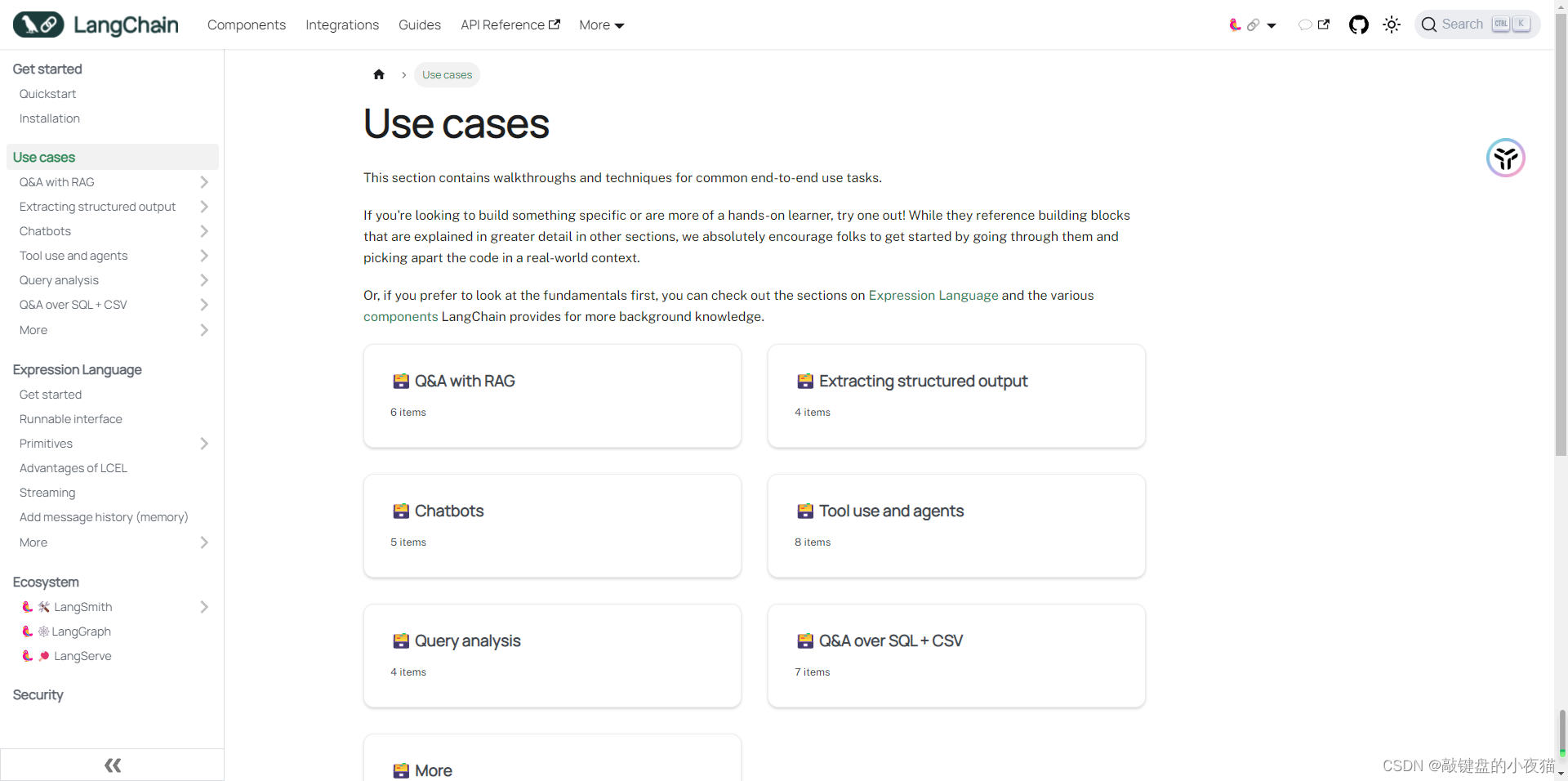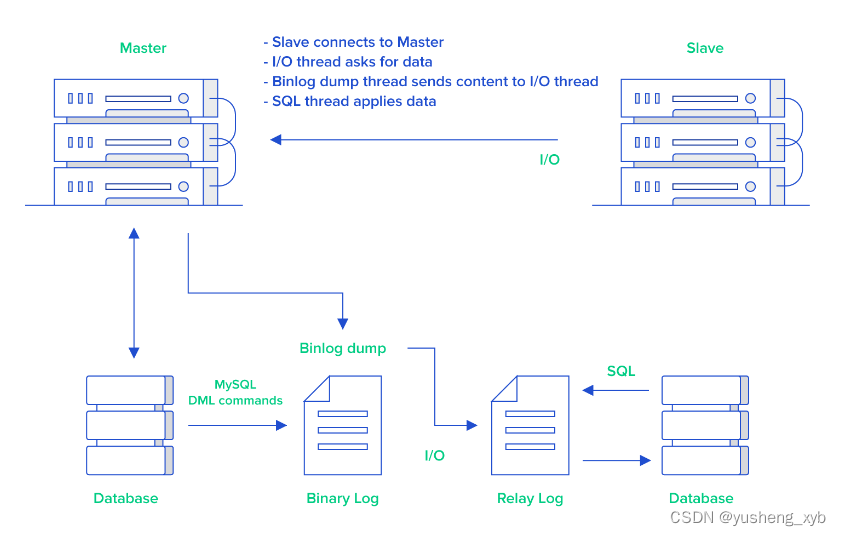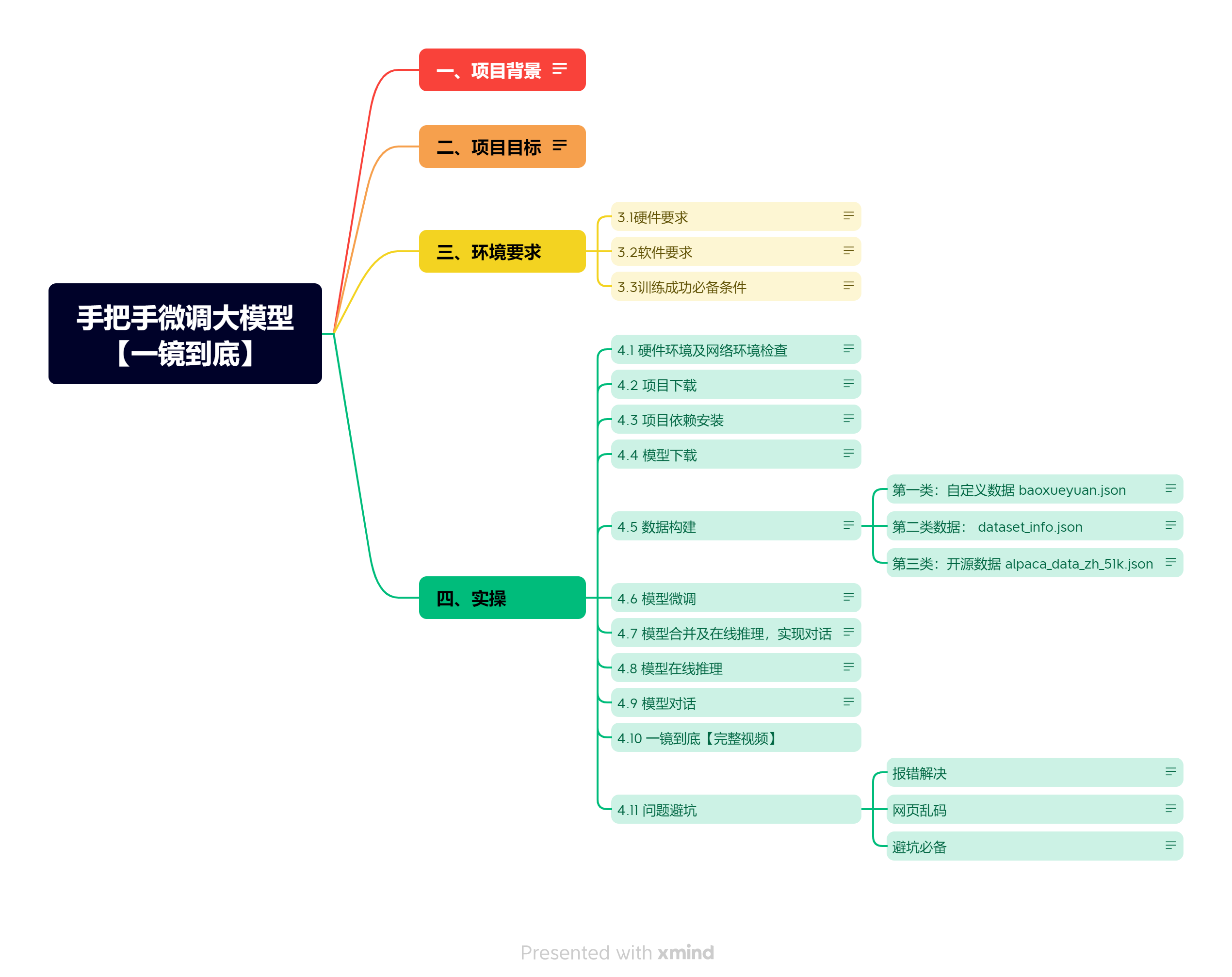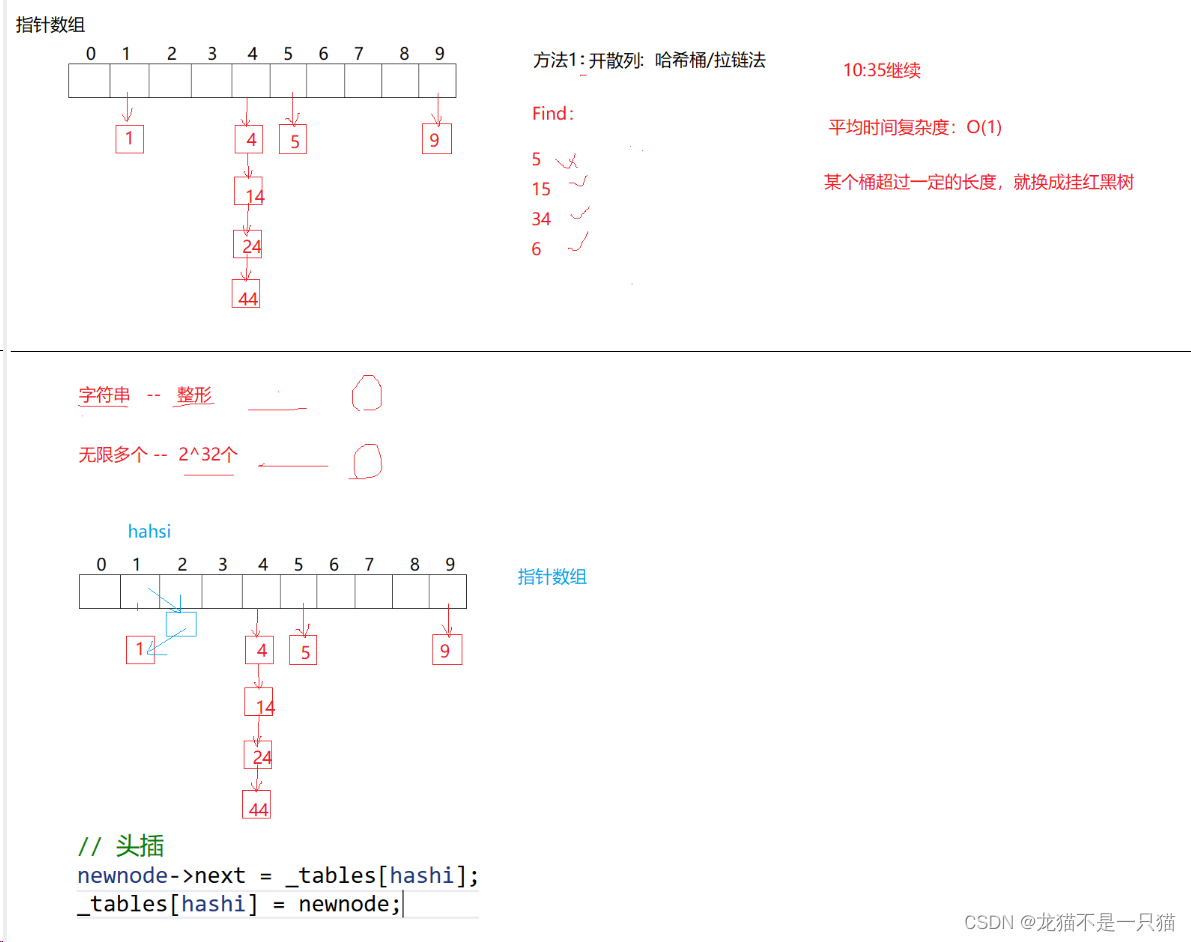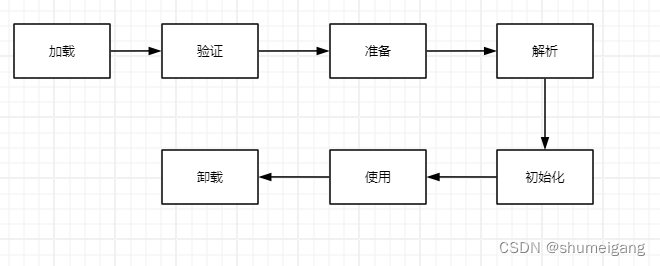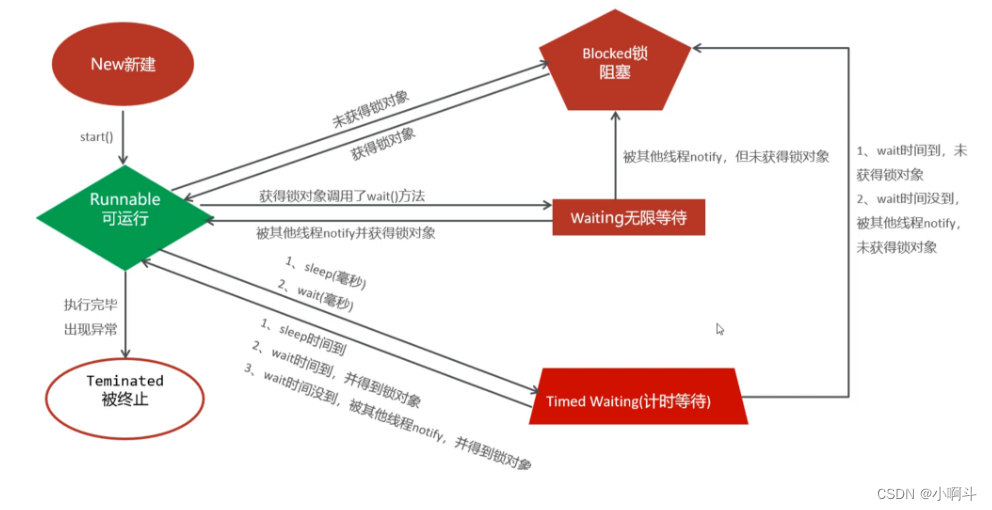AI 问答 API 对接说明
我们知道,市面上一些问答 API 的对接还是相对没那么容易的,比如说 OpenAI 的 Chat Completions API,它有一个 messages 字段,如果要完成连续对话,需要我们把所有的上下文历史全部传递,同时还需要处理 Token 超出限制的问题。
AceDataCloud 提供的 AI 问答 API 针对上述情况进行了优化,在保证问答效果不变的情况下,对连续对话的实现进行了封装,对接时无需再关心 messages 的传递,也无需关心 Token 超出限制的问题(API 内部自动进行了处理),同时也提供了对话查询、修改等功能,使得整体的对接大大简化。
本文档会介绍下 AI 问答 API 的对接说明。
申请流程
要使用 API,需要先到 AI 问答 API 对应页面申请对应的服务,进入页面之后,点击「Acquire」按钮,如图所示:

如果你尚未登录或注册,会自动跳转到登录页面邀请您来注册和登录,登录注册之后会自动返回当前页面。
在首次申请时会有免费额度赠送,可以免费使用该 API。
基本使用
首先先了解下基本的使用方式,就是输入问题,获得回答,只需要简单地传递一个 question 字段,并指定相应模型即可。
比如说询问:“What’s your name?”,我们接下来就可以在界面上填写对应的内容,如图所示:
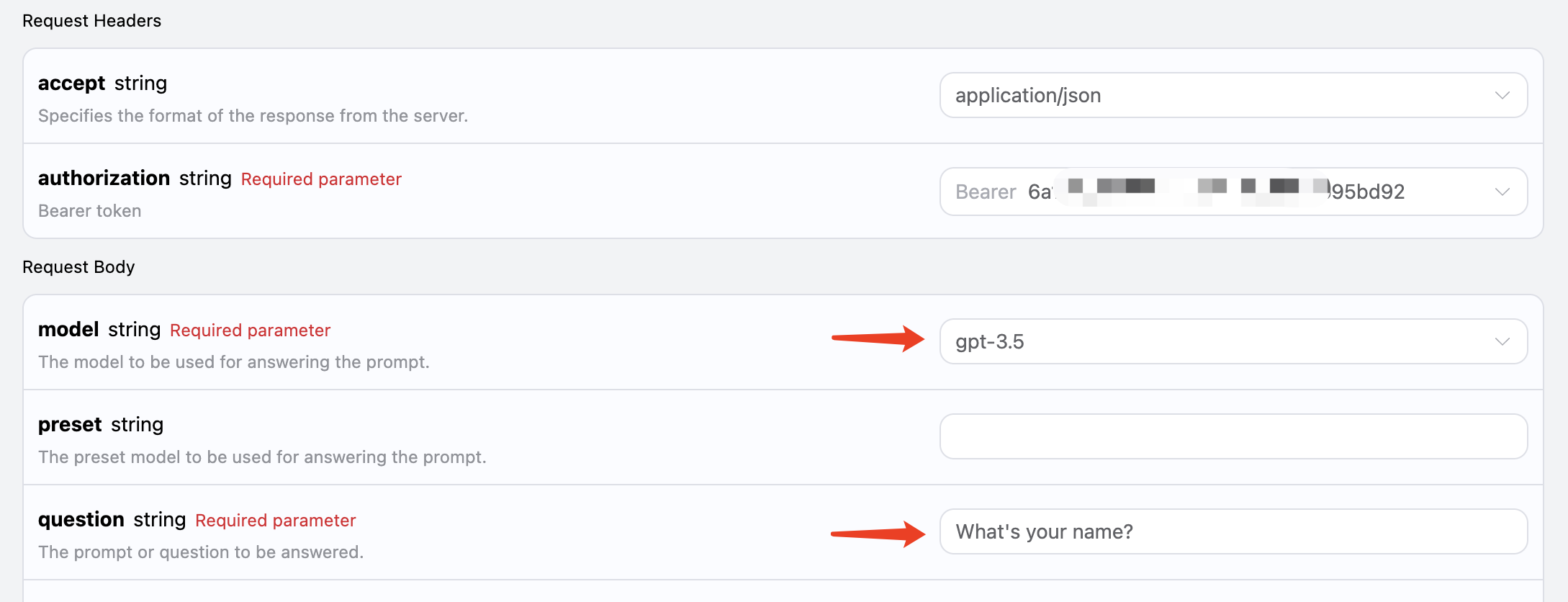
可以看到这里我们设置了 Request Headers,包括:
accept:想要接收怎样格式的响应结果,这里填写为application/json,即 JSON 格式。authorization:调用 API 的密钥,申请之后可以直接下拉选择。
另外设置了 Request Body,包括:
model:模型的选择,比如主流的 GPT 3.5,GPT 4 等。question:需要询问的问题,可以是任意的纯文本。
选择之后,可以发现右侧也生成了对应代码,如图所示:
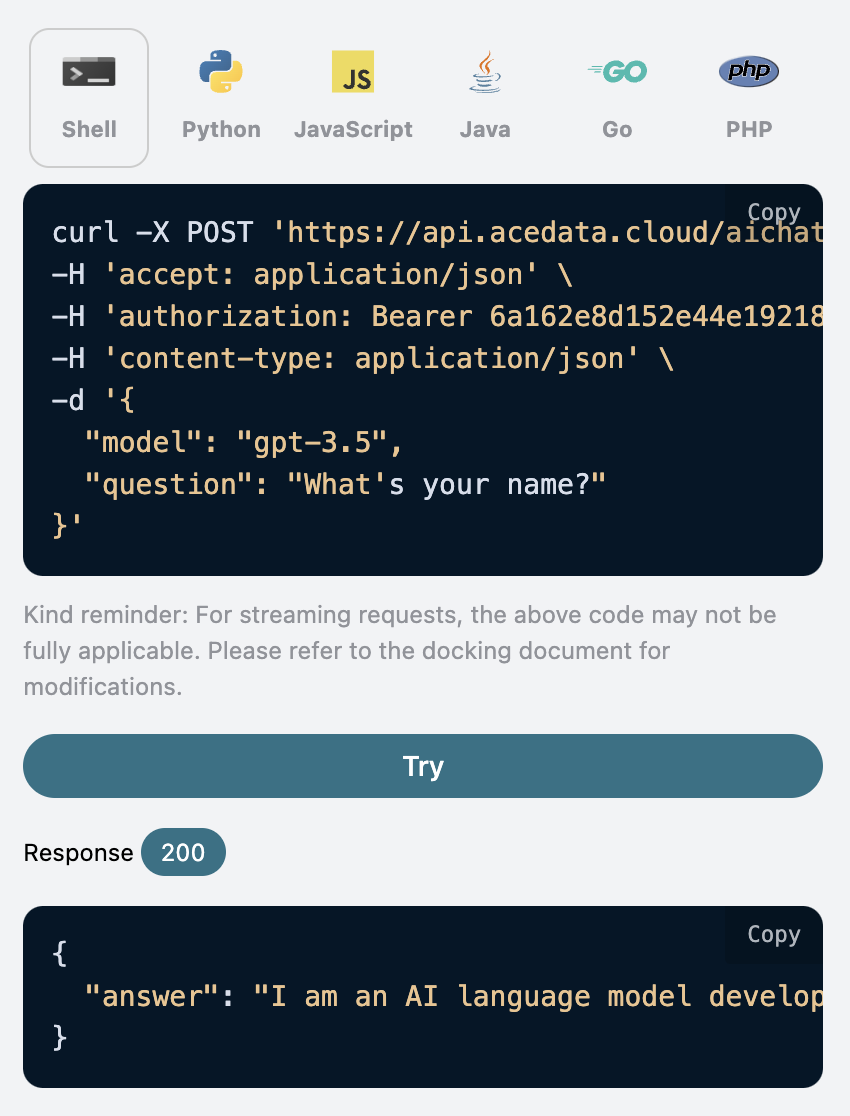
点击「Try」按钮即可进行测试,如上图所示,这里我们就得到了如下结果:
{
"answer": "I am an AI language model developed by OpenAI and I don't have a personal name. However, you can call me GPT or simply Chatbot. How can I assist you today?"
}
可以看到,这里返回的结果中有一个 answer 字段,就是该问题的回答。我们可以输入任意问题,就可以得到任意的回答。
如果你不需要任何多轮对话的支持,这个 API 可以极大方便你的对接。
另外如果想生成对应的对接代码,可以直接复制生成,例如 CURL 的代码如下:
curl -X POST 'https://api.acedata.cloud/aichat/conversations' \
-H 'accept: application/json' \
-H 'authorization: Bearer {token}' \
-H 'content-type: application/json' \
-d '{
"model": "gpt-3.5",
"question": "What's your name?"
}'
Python 的对接代码如下:
import requests
url = "https://api.acedata.cloud/aichat/conversations"
headers = {
"accept": "application/json",
"authorization": "Bearer {token}",
"content-type": "application/json"
}
payload = {
"model": "gpt-3.5",
"question": "What's your name?"
}
response = requests.post(url, json=payload, headers=headers)
print(response.text)
多轮对话
如果您想要对接多轮对话功能,需要传递一个额外参数 stateful,其值为 true,后续的每次请求都要携带该参数。传递了 stateful 参数之后,API 会额外返回一个 id 参数,代表当前对话的 ID,后续我们只需要将该 ID 作为参数传递,就可以轻松实现多轮对话。
下面我们来演示下具体的操作。
第一次请求,将 stateful 参数设置为 true,并正常传递 model 和 question 参数,如图所示:

对应代码如下:
curl -X POST 'https://api.acedata.cloud/aichat/conversations' \
-H 'accept: application/json' \
-H 'authorization: Bearer {token}' \
-H 'content-type: application/json' \
-d '{
"model": "gpt-3.5",
"question": "What's your name?",
"stateful": true
}'
可以得到如下回答:
{
"answer": "I am an AI language model created by OpenAI and I don't have a personal name. You can simply call me OpenAI or ChatGPT. How can I assist you today?",
"id": "7cdb293b-2267-4979-a1ec-48d9ad149916"
}
第二次请求,将第一次请求返回的 id 字段作为参数传递,同时 stateful 参数依然设置为 true,询问「What I asked you just now?」,如图所示:

对应代码如下:
curl -X POST 'https://api.acedata.cloud/aichat/conversations' \
-H 'accept: application/json' \
-H 'authorization: Bearer {token}' \
-H 'content-type: application/json' \
-d '{
"model": "gpt-3.5",
"stateful": true,
"id": "7cdb293b-2267-4979-a1ec-48d9ad149916",
"question": "What I asked you just now?"
}'
结果如下:
{
"answer": "You asked me what my name is. As an AI language model, I do not possess a personal identity, so I don't have a specific name. However, you can refer to me as OpenAI or ChatGPT, the names used for this AI model. Is there anything else I can help you with?",
"id": "7cdb293b-2267-4979-a1ec-48d9ad149916"
}
可以看到,就可以根据上下文回答对应的问题了。
流式响应
该接口也支持流式响应,这对网页对接十分有用,可以让网页实现逐字显示效果。
如果想流式返回响应,可以更改请求头里面的 accept 参数,修改为 application/x-ndjson。
修改如图所示,不过调用代码需要有对应的更改才能支持流式响应。
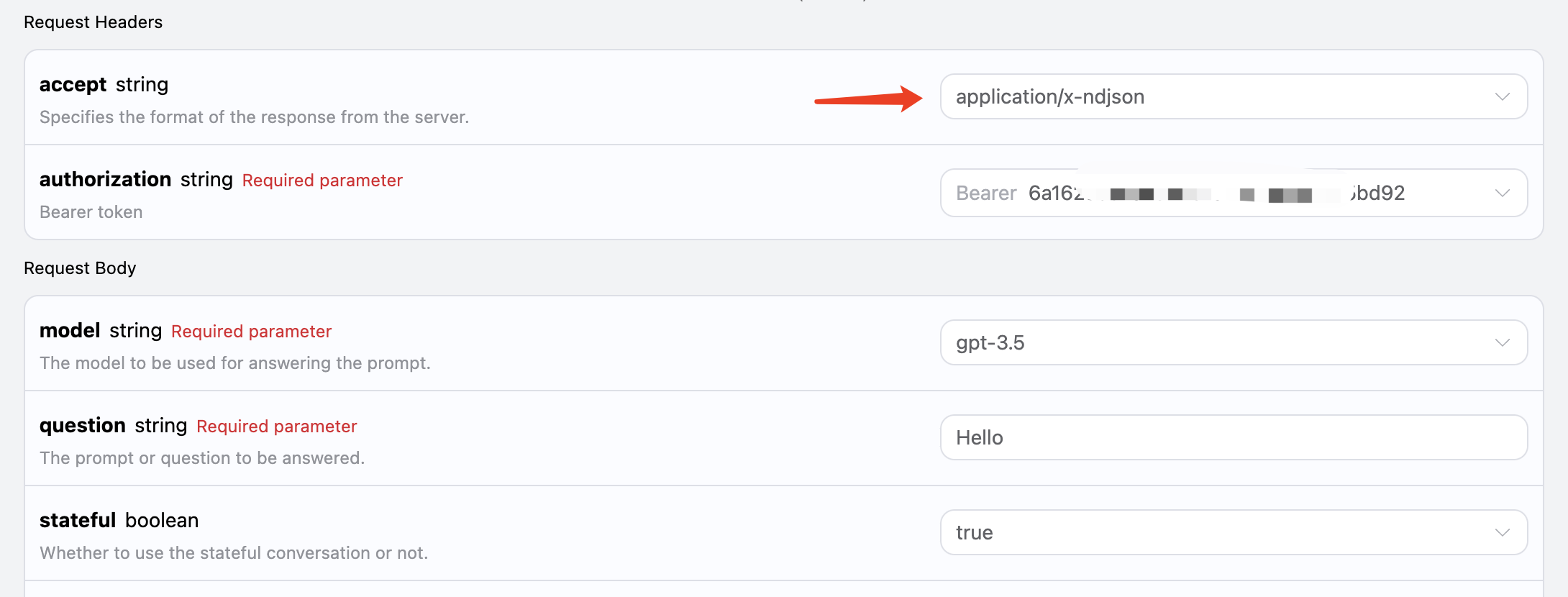
将 accept 修改为 application/x-ndjson 之后,API 将逐行返回对应的 JSON 数据,在代码层面我们需要做相应的修改来获得逐行的结果。
Python 样例调用代码:
import requests
url = "https://api.acedata.cloud/aichat/conversations"
headers = {
"accept": "application/x-ndjson",
"authorization": "Bearer {token}",
"content-type": "application/json"
}
payload = {
"model": "gpt-3.5",
"stateful": True,
"id": "7cdb293b-2267-4979-a1ec-48d9ad149916",
"question": "Hello"
}
response = requests.post(url, json=payload, headers=headers, stream=True)
for line in response.iter_lines():
print(line.decode())
输出效果如下:
{"answer": "Hello", "delta_answer": "Hello", "id": "7cdb293b-2267-4979-a1ec-48d9ad149916"}
{"answer": "Hello!", "delta_answer": "!", "id": "7cdb293b-2267-4979-a1ec-48d9ad149916"}
{"answer": "Hello! How", "delta_answer": " How", "id": "7cdb293b-2267-4979-a1ec-48d9ad149916"}
{"answer": "Hello! How can", "delta_answer": " can", "id": "7cdb293b-2267-4979-a1ec-48d9ad149916"}
{"answer": "Hello! How can I", "delta_answer": " I", "id": "7cdb293b-2267-4979-a1ec-48d9ad149916"}
{"answer": "Hello! How can I assist", "delta_answer": " assist", "id": "7cdb293b-2267-4979-a1ec-48d9ad149916"}
{"answer": "Hello! How can I assist you", "delta_answer": " you", "id": "7cdb293b-2267-4979-a1ec-48d9ad149916"}
{"answer": "Hello! How can I assist you today", "delta_answer": " today", "id": "7cdb293b-2267-4979-a1ec-48d9ad149916"}
{"answer": "Hello! How can I assist you today?", "delta_answer": "?", "id": "7cdb293b-2267-4979-a1ec-48d9ad149916"}
可以看到,响应里面的 answer 即为最新的回答内容,delta_answer 则是新增的回答内容,您可以根据结果来对接到您的系统中。
JavaScript 也是支持的,比如 Node.js 的流式调用代码如下:
const axios = require("axios");
const url = "https://api.acedata.cloud/aichat/conversations";
const headers = {
"Content-Type": "application/json",
Accept: "application/x-ndjson",
Authorization: "Bearer {token}",
};
const body = {
question: "Hello",
model: "gpt-3.5",
stateful: true,
};
axios
.post(url, body, { headers: headers, responseType: "stream" })
.then((response) => {
console.log(response.status);
response.data.on("data", (chunk) => {
console.log(chunk.toString());
});
})
.catch((error) => {
console.error(error);
});
Java 样例代码:
String url = "https://api.acedata.cloud/aichat/conversations";
OkHttpClient client = new OkHttpClient();
MediaType mediaType = MediaType.parse("application/json");
RequestBody body = RequestBody.create(mediaType, "{\"question\": \"Hello\", \"stateful\": true, \"model\": \"gpt-3.5\"}");
Request request = new Request.Builder()
.url(url)
.post(body)
.addHeader("Content-Type", "application/json")
.addHeader("Accept", "application/x-ndjson")
.addHeader("Authorization", "Bearer {token}")
.build();
client.newCall(request).enqueue(new Callback() {
@Override
public void onFailure(Call call, IOException e) {
e.printStackTrace();
}
@Override
public void onResponse(Call call, Response response) throws IOException {
if (!response.isSuccessful()) throw new IOException("Unexpected code " + response);
try (BufferedReader br = new BufferedReader(
new InputStreamReader(response.body().byteStream(), "UTF-8"))) {
String responseLine;
while ((responseLine = br.readLine()) != null) {
System.out.println(responseLine);
}
}
}
});
其他语言可以另外自行改写,原理都是一样的。
模型预设
我们知道,OpenAI 相关的 API 有对应的 system_prompt 的概念,就是给整个模型设置一个预设,比如它叫什么名字等等。本 AI 问答 API 也暴露了这个参数,叫做 preset,利用它我们可以给模型增加预设,我们用一个例子来体验下:
这里我们额外添加 preset 字段,内容为 You are a professional artist,如图所示:

对应代码如下:
curl -X POST 'https://api.acedata.cloud/aichat/conversations' \
-H 'accept: application/json' \
-H 'authorization: Bearer {token}' \
-H 'content-type: application/json' \
-d '{
"model": "gpt-3.5",
"stateful": true,
"question": "What can you help me?",
"preset": "You are a professional artist"
}'
运行结果如下:
{
"answer": "As a professional artist, I can offer a range of services and assistance depending on your specific needs. Here are a few ways I can help you:\n\n1. Custom Artwork: If you have a specific vision or idea, I can create custom artwork for you. This can include paintings, drawings, digital art, or any other medium you prefer.\n\n2. Commissioned Pieces: If you have a specific subject or concept in mind, I can create commissioned art pieces tailored to your preferences. This could be for personal enjoyment or as a unique gift for someone special.\n\n3. Art Consultation: If you need guidance on art selection, interior design, or how to showcase and display art in your space, I can provide professional advice to help enhance your aesthetic sense and create a cohesive look."
}
可以看到这里我们告诉 GPT 他是一个机器人,然后问它可以为我们做什么,他就可以扮演一个机器人的角色来回答问题了。
图片识别
本 AI 也能支持添加附件进行图片识别,通过 references 传递对应图片链接即可,比如我这里有一张苹果的图片,如图所示:
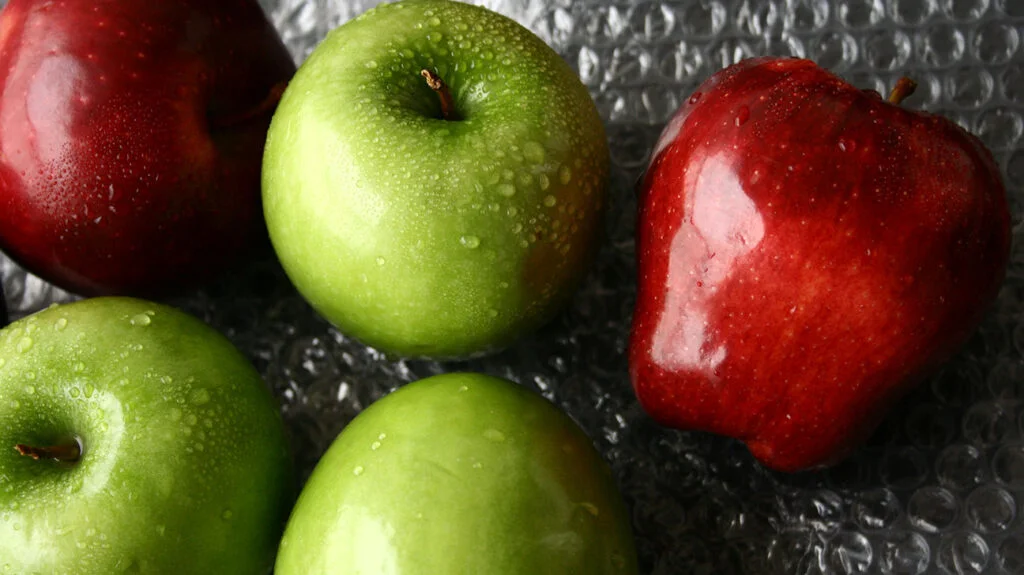
该图片的链接是 https://cdn.acedata.cloud/ht05g0.png,我们直接将其作为 references 参数传递即可,同时需要注意的是,模型必须要选择支持视觉识别的模型,目前支持的是 gpt-4-vision,所以输入如下:

对应的代码如下:
curl -X POST 'https://api.acedata.cloud/aichat/conversations' \
-H 'accept: application/json' \
-H 'authorization: Bearer {token}' \
-H 'content-type: application/json' \
-d '{
"model": "gpt-4-vision",
"question": "How many apples in the picture?",
"references": ["https://cdn.acedata.cloud/ht05g0.png"]
}'
运行结果如下:
{
"answer": "There are 5 apples in the picture."
}
可以看到,我们就成功得到了对应图片的回答结果。
联网问答
本 API 还支持联网模型,包括 GPT-3.5、GPT-4 均能支持,在 API 背后有一个自动搜索互联网并总结的过程,我们可以选择模型为 gpt-3.5-browsing 来体验下,如图所示:

代码如下:
curl -X POST 'https://api.acedata.cloud/aichat/conversations' \
-H 'accept: application/json' \
-H 'authorization: Bearer {token}' \
-H 'content-type: application/json' \
-d '{
"model": "gpt-3.5-browsing",
"question": "What's the weather of New York today?"
}'
运行结果如下:
{
"answer": "The weather in New York today is as follows:\n- Current Temperature: 16°C (60°F)\n- High: 16°C (60°F)\n- Low: 10°C (50°F)\n- Humidity: 47%\n- UV Index: 6 of 11\n- Sunrise: 5:42 am\n- Sunset: 8:02 pm\n\nIt's overcast with a chance of occasional showers overnight, and the chance of rain is 50%.\nFor more details, you can visit [The Weather Channel](https://weather.com/weather/tenday/l/96f2f84af9a5f5d452eb0574d4e4d8a840c71b05e22264ebdc0056433a642c84).\n\nIs there anything else you'd like to know?"
}
可以看到,这里它自动联网搜索了 The Weather Channel 网站,并获得了里面的信息,然后进一步返回了实时结果。
如果对模型回答质量有更高要求,可以将模型更换为
gpt-4-browsing,回答效果会更好。

